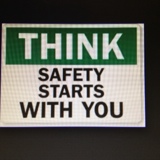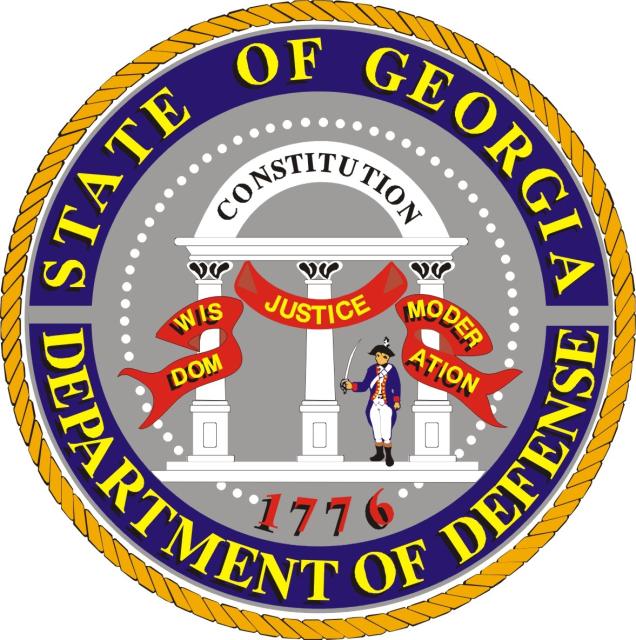Information
-
Audit Title
-
Document No.
-
Client / Site
-
Conducted on
-
Prepared by
-
Location
-
Personnel
Personal Protective Equipment (PPE)
-
Is protective clothing and equipment (i.e. eye and ear protection) available for visitors when entering a work hazard area?
-
Is approved protective eye and face equipment provided to personnel who work in designated eye hazard areas?
-
Is approved safety-toe footwear provided to personnel who work in areas where hazards exist which could result in foot and toe injuries?
-
Is approved hearing protection provided to personnel exposed to areas which have been identified as noise hazard areas?
-
Are approved hard hats provided to personnel who are exposed to falling and flying objects or limited electrical shock?
-
Are acid proof protective gloves, aprons, rubber boots (with non-slip soles), face shields and acid splash proof goggles provided in all battery handling operations?
-
Are eye lavages and/or deluge showers provided and co-located in the immediate work area to provide an abundance of water for flushing they eyes or skin when splashes or spills of acid or other caustic chemicals have come in contact with the body?
-
If a fixed quick drenching facility for flushing eyes and body is provided, is it inspected weekly?
-
Are portable eye washes inspected IAW manufacturers' specifications?
-
Is approved equipment available, in either the form of sprayers when utilizing the wet method or encapsulation devices equipped with HEPA filter vacuum dust collectors, to protect brake and clutch mechanics from asbestos dust?
-
Are personnel working on welding, cutting or forging operations provided with gloves, aprons, or jackets constructed of leather or other approved material adequate to protect them from sparks, molten metal or hot slag?
-
Are respirators provided to personnel working in areas contaminated with harmful dust, fogs, fumes, mists, gasses, smokes, sprays, vapors, or oxygen deficient environments?
-
Are respirators suitable/approved for the purpose intended?
-
Have employees that have been issued a respirator been fit tested and has the fit test been documented prior to use?
-
Is the user instructed and trained in the proper use of respirators, limitations and is instruction documented?
-
Are routinely used respirators inspected during cleaning?
-
Are worn parts replaced?
-
If an oil lubricated air compressor is used to supply air to air-line respirators, is a high temperature, carbon monoxide alarm, or both installed?
-
After inspection, cleaning, and necessary repair, are respirators stored to protect them against dust, sunlight, heat, extreme cold, excessive moisture, or damaging chemicals?
-
Are the respirators packed or stored so the face piece and exhalation valve rest in a normal position?
-
Are first aid kits near proximity in the workplace with adequate supplied available, periodically inspected, and replenished as needed?
General Environmental Controls
-
Are all sweepings, solid or liquid wastes, refuse, and garbage removed in such a manner and as often as necessary so as to avoid a menace to health?
-
Is every enclosed workplace so constructed, equipped, and maintained so far as reasonably possible, to prevent the entrance or harborage of rodents or insects?
-
Is a continuing, effective extermination program instituted where the presence of pests is detected?
-
Do the number of toilet facilities provided meet the requirements for the number of employees?
-
Does each toilet facility have a separate compartment unity with a door and walls or partitions between fixtures of sufficient height to assure privacy?
-
Are washing facilities maintained in a sanitary condition?
-
Are lavatories provided with hot and cold running water, or tepid running water?
-
Is hand soap or similar cleansing agents provided?
-
Are individual cloth or paper towel, warm air blowers, or clean individual sections on continuous cloth toweling provided?
-
Are employees prohibited from consuming food or beverage in a toilet room or in any area exposed to toxic materials?
-
Are foods or beverages stored in rooms or in an area exposed to toxic or caustic materials?
-
Are wind turbines installed in vans (conex) to assure proper ventilation?
-
Are air filters changed and air vents cleaned periodically on heating, ventilation, and air conditioning systems to reduce health hazards in the workplace?
Walking and Working Surfaces
-
Are permanent aisles and passageways appropriately marked? The minimum width of any way of exit access shall be no less than 28 inches. 29 CFR 1910.22(b)(2)
-
Are all aisles and passageways kept in good repair at all times with no obstructions across or in the aisles?
-
Is every stairway floor opening guarded by a standard railing on exposed sides (except at entrance to stairway) consisting of top and intermediate rails and posts with a normal, vertical height of forty-two (42) inches?
-
Do stairways with 4 or more risers, less than 44 inches wide, having both sides enclosed, have at least one hand rail?
-
Do stairways with 4 or more risers, more than 44 inches wide, but less than 88 inches wide have one handrail on each enclosed side and/or one stair railing on each open side?
-
Do stairways with 4 or more risers, 88 inches wide or more have one handrail on each enclosed side and/or one stair railing on each open side and one intermediate stair railing located approximately midway of the width?
-
Is vertical clearance above any stair tread to an overhead obstruction at least 7 feet measured from the leading edge of the tread?
-
Are floors maintained free of water, grease, and other liquids which would create a slipping hazard?
-
Are passageways, storerooms, and service rooms kept in a clean, orderly and sanitary condition?
-
Are open pits, trap door floor openings, open tanks, vats or ditches in adjacent grounds guarded by a floor opening cover of standard strength in construction or guard rails?
-
When the cover is not in place, is the pit or open trap door constantly attended by someone?
-
Are floor load limits posted for occupancy and/or load limits?
Means of Egress
-
Are all exits prohibited from being locked or fastened and kept free and unobstructed hen the building is occupied?
-
Is each path of escape, in its entirety, arranged or marked to ensure the way to a place of outside safety is unmistakeable?
-
Is each building exit marked with a visible exit sign with letters not less than six inches high and 3/4 inches wide and giving illumination by reliable light source of a value not less than five (5) foot candles on the illuminating surface?
-
Is emergency lighting installed to provide illumination not less than one (1) foot candle throughout the means of egress for a period of 30 minutes in the event of failure of the normal lighting?
-
Are stairs, aisles, corridors, ramps and passageways leading to an exit illuminated at all points to a value of not less than one (1) foot candle measured at the floor?
-
Has each emergency light been tested and documented monthly for a minimum of 30 seconds and annually for thereafter for 30 minutes?
-
Has action been taken to affect the repair of emergency lighting that did not remain operational for the duration of the test?
-
Are furnishings, decorations, or other objects obstructing exits, access there to, egress there from, or visibility thereof?
-
Safety Inspector Signature
-
Unit Rep's Signature









